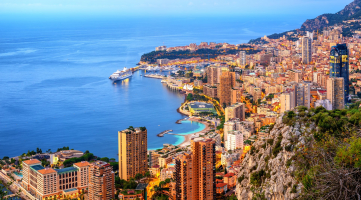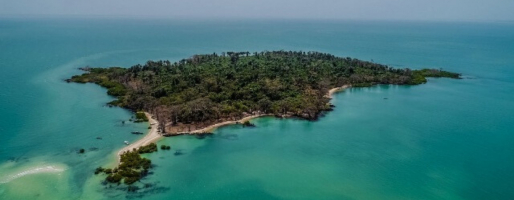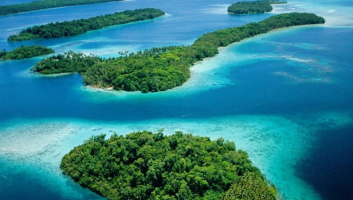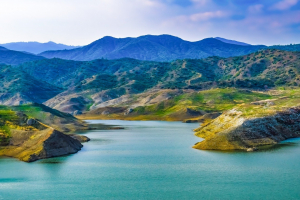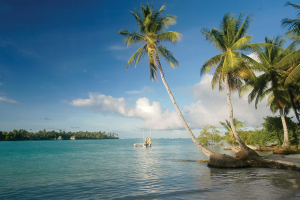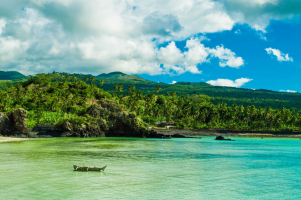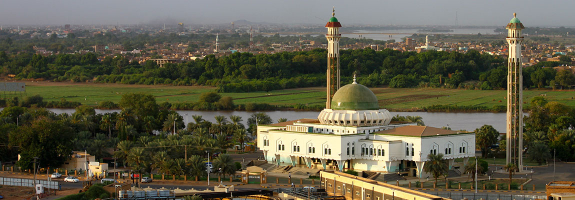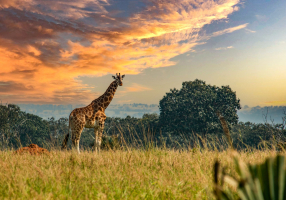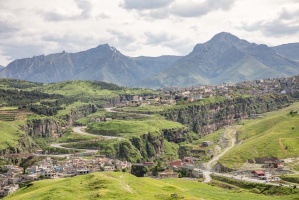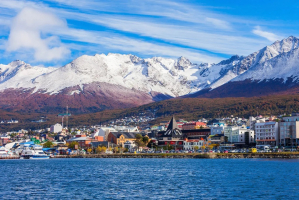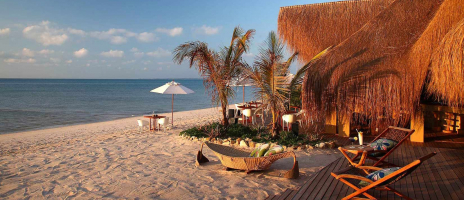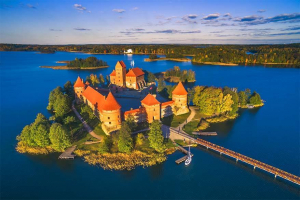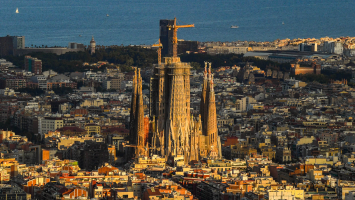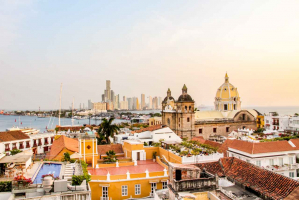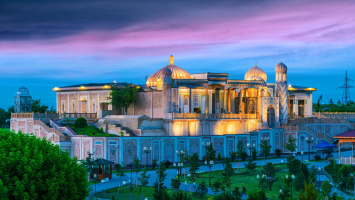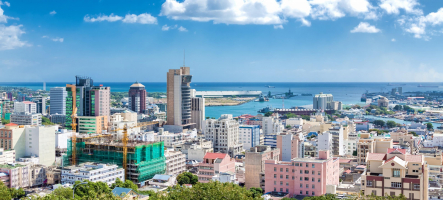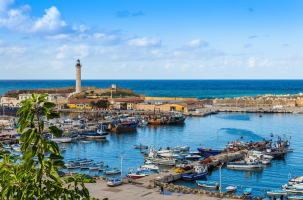Top 14 Things to Know Before Traveling to Costa Rica
Costa Rica is one of the most beautiful countries in the world, and you will absolutely love the time you spend in this Central American country. Preparing ... read more...well before visiting this country will save you more time and effort. Here are Things to Know Before Traveling to Costa Rica.
-
Costa Rica's national currency is the colon, which was named after Christopher Columbus. Although the situation is not as favorable as it is in Ecuador, South America (where the US dollar is the national currency), US dollars are accepted in numerous locations around the country. This is absolutely one of the things to know before traveling to Costa Rica.
As a result, the unavoidable question of whether to pay in dollars or colones. And the solution may be simpler than you think. Many travel companies, tour operators, hotels, and even restaurants charge in US dollars, eliminating the need to worry about currency rates.
Having said that, always double-check the conversion rate before paying with US dollars in Costa Rica, since it might be unfavorable at times. ATMs may be found almost everywhere in Costa Rica's tourist regions (except in rural locales), and you can usually withdraw money in both colones and dollars.
So, whether you're coming from the United States or just have a lot of them, Costa Rica is a great spot to spend them. Unfortunately, Euros are not frequently accepted in Costa Rica, however you may be able to pay in this money at select establishments.

https://www.dreamstime.com/ 
https://www.dreamstime.com/ -
Costa Rica contains 30 national parks, as well as several reserves and other protected areas that comprise more than a quarter of the country. Poas National Park has smoking calderas filled with water, Tortuguero National Park has Amazonian-like canals, Rincon de la Vieja National Park has a blue river and waterfall, Corcovado National Park has abundant wildlife, Guanacaste National Park has dry forests, and Manuel Antonio National Park has golden beaches.
Costa Rica has one of the highest biodiversities in the world due to national parks, and although being a tiny country in terms of overall area, the density of diverse animal species is out of this world. In order to preserve the country's beautiful beauty and rich animal population, over 28% of the land in Costa Rica is designated as a park or reserve.
With its deep, lush rainforest and numerous fauna, Corcovado National Park has been considered one of the most ecologically intensive areas on the planet. Tortuguero National Park, on the Caribbean's north coast, is a turtle refuge that draws visitors from all over the world. Check out our list of the most popular parks and reserves to see which ones you should visit on your holiday.
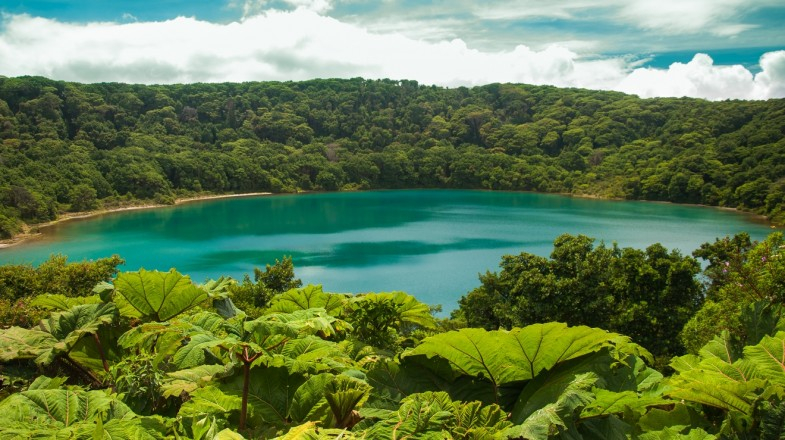
https://www.bookmundi.com/ 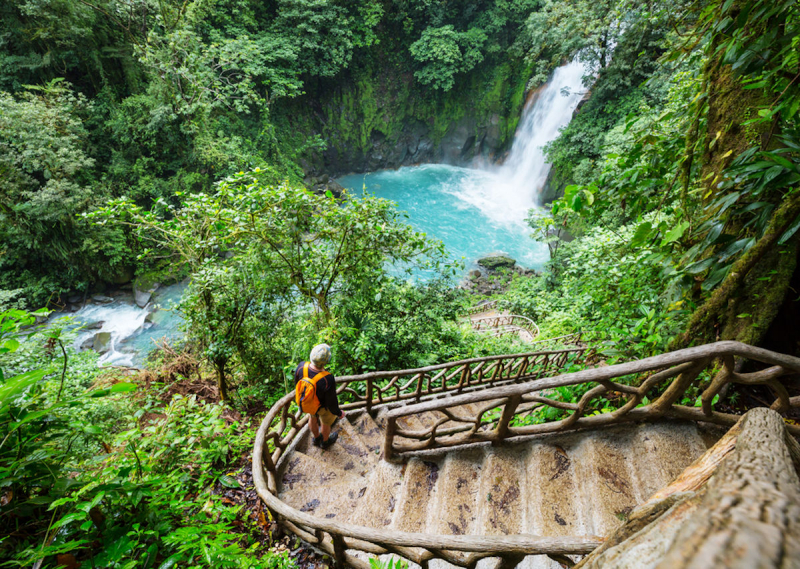
https://www.bookmundi.com/ -
With so many forests, jungles, and national parks, it's no surprise that Costa Rica has such a diverse animal population. Costa Rica is home to a diverse range of animals, including colorful macaws, howling monkeys, two and three-toed sloths, poisonous dart frogs, jumping spiders, nesting sea turtles, singing Humpback whales, majestic quetzales, and frightening American crocodiles, constricting snakes, and stealthy wild cats. This is absolutely one of the things to know before traveling to Costa Rica.
If you are lucky enough, you will view various species that you have never seen before, some of which were unexpectedly near to us. However, if you are serious about photography, you should seriously consider carrying a telephoto lens to capture beautiful moment of wildlife. That's how excellent the photo chances are. A Canon RF 100-500mm lens fitted on a Canon EOS R6 should suffice.
If you believe you'll still need the extra reach, bring a telephoto extender along with you. Those who aren't interested in photography should carry at least a pair of travel binoculars (particularly if they aren't taking guided tours). For wildlife watching, all local guides bring their trusty telescope, but it's important to remember that you'll have to share it with the rest of the party (often not that small as you wished).
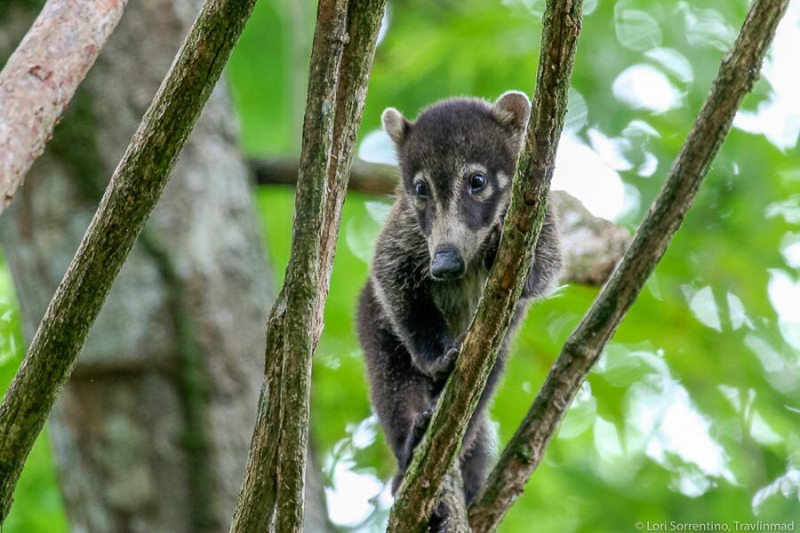
https://www.aesu.com/ 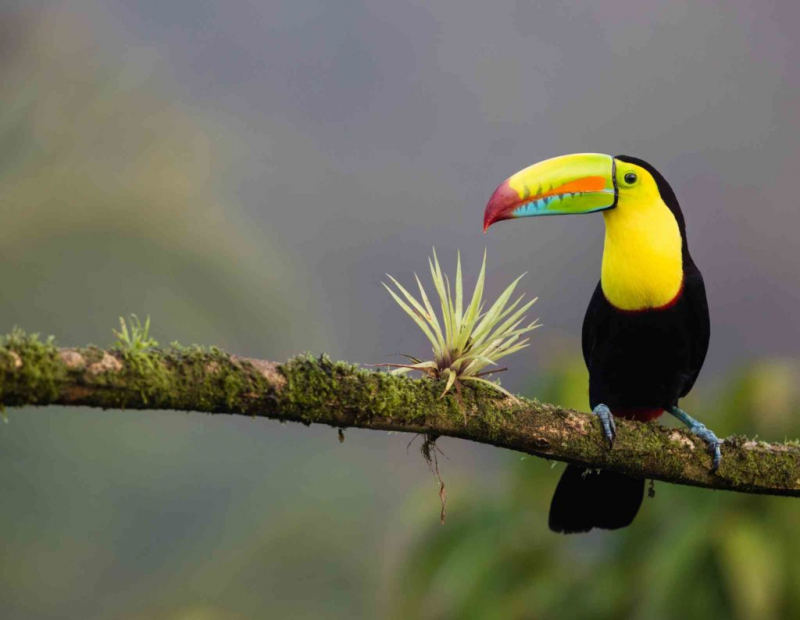
https://www.aesu.com/ -
It's all about guided tours in Costa Rica. Spotting animals in the deep jungle is frequently hard for the untrained eye, so you might want to hire a local guide who has a lot of knowledge and can identify species in locations you wouldn't think.
In certain cases, being accompanied by a licensed guide is even required to visit particular parks. Fortunately, every tourism agency, hostel, or lodge provides forest trips to observe the forest's rich animals and vegetation. Costa Rica offers an incredible range of nature experiences, ranging from family-friendly short trips lasting an hour or two to multi-day epic jungle expeditions.
The local naturalist guides, in our view, were competent and spoke English fluently, however the trips were more expensive than in other nations. One additional piece of advice for travelers. If you wish to enjoy one of the woodland hiking paths without a guide, arrive as early as possible to maximize your chances of seeing animals.
Guided tours at night are sometimes even better than morning treks in locations like Carara National Park. If you have the opportunity to schedule a rainforest night walk in Costa Rica, don't miss it; it's well worth the money. It's perilous to go about the forest alone at night, so always go with a naturalist guide. Guided tours is also one of the things to know before traveling to Costa Rica.
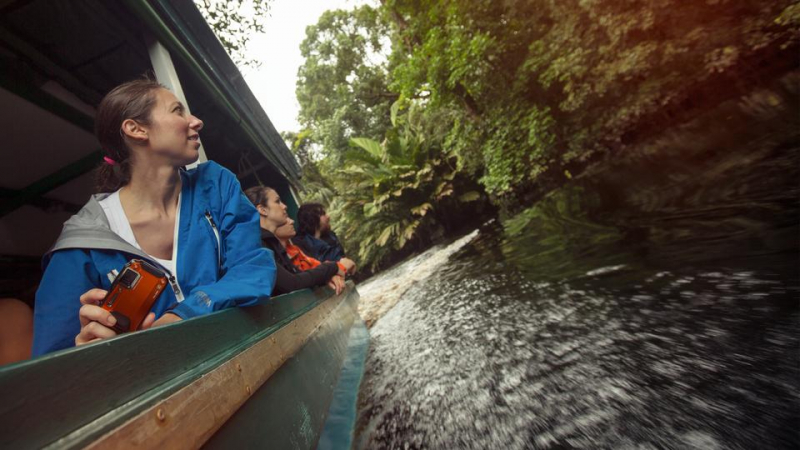
https://www.aesu.com/ 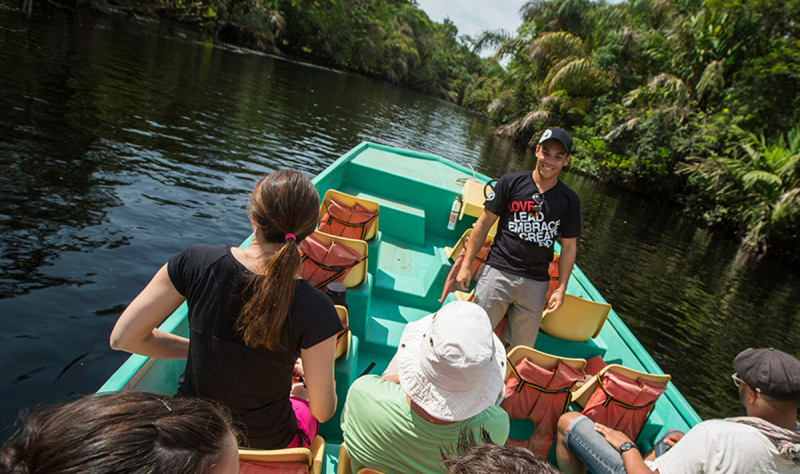
https://www.aesu.com/ -
The widespread view is that Costa Rica drinking tap water is safe and exceptionally clean. However, the issue is that it may not be safe to drink in every place for a variety of reasons (mostly water systems). It would be cautious about drinking tap water in Costa Rica.
Getting ill from contaminated water might put a damper on your holiday. The truth is, there are a lot of expatriates along the route (you will too, since Costa Rica has a large expat community, especially from the United States) who said they had been drinking the local tap water for ten or twenty years and had never gotten sick.
It would be helpful if you filtered this material in some way, no matter how truthful or beneficial it may be. It doesn't account for the fact that you could visit somewhere they've never been, and because this is most likely going to be your vacation, you don't want to risk getting sick. In any case, carry a reusable water bottle with you to Costa Rica to reduce your plastic usage.
There are usually large water canisters or refill bottles available at the hotel, but there are now even more exquisite options. The use of a SteriPen or a water bottle with a filter helps to maintain Costa Rica plastic-free, and these amazing gadgets clean water in a highly effective and nearly instantaneous manner.
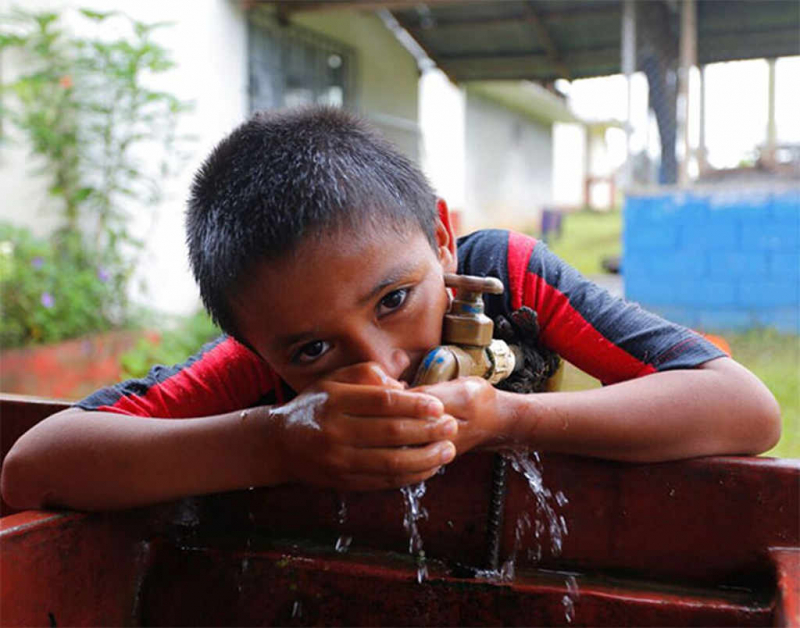
https://www.aesu.com/ 
https://www.aesu.com/ -
Costa Rica has been more popular among Digital Nomads and Expats, freelancers, and remote workers due to its improved level of living. Working from a beach, cloud forest, or mountains in Costa Rica is appealing to many individuals (particularly North Americans), and the community continues to grow year after year as the internet industry expands at an exponential rate.
Costa Rica also makes a concerted attempt to recruit digital nomads by making their stay as convenient as possible, which is always a plus. Is Costa Rica the finest spot in Central America for digital nomads? Costa Rica's cost of living is fairly high, thus it all relies on your income. The housing and location are quite important and consume the most of your monthly cash.
In Costa Rica, a month of decent living costs more than 2000 dollars, yet you may always decrease expenditures and live more frugally (1000-1500 dollars per month should suffice depending on the location). As a result, remaining in Costa Rica for prolonged periods of time can be expensive, hence many Digital Nomads and Expats select this nation just for a short time before moving on to one of the less expensive Central American countries. Also keep in mind that the internet in Costa Rica isn't the quickest in many regions, however that might change in the future.

https://www.success.com/ 
https://www.success.com/ -
Costa Rica is a dream come true for adrenaline seekers and adventure activities, which is unsurprising given the country's extremely diversified environment and wonderful weather conditions. Canyoning, rappelling, quad-biking, ziplining, surfing, scuba diving, white-water rafting, volcano climbing, canopy tours, and the list goes on and on are just a few of the greatest adventurous sports in Costa Rica. This is absolutely one of the things to know before traveling to Costa Rica.
Although lying on the beach never gets old, you should know that Costa Rica has a lot adventure activities more to offer. An adventure trip including hiking, ziplining, canyoning, rappelling, and rock leaping is available in Jaco.
Although it was not as exhilarating as the volcano boarding we did a few weeks later in Nicaragua, it was nonetheless exciting, and we were delighted we ventured out of our comfort zone and attempted something new. If your budget permits, participating in one of Costa Rica's entertaining activities might add variety to your vacation.
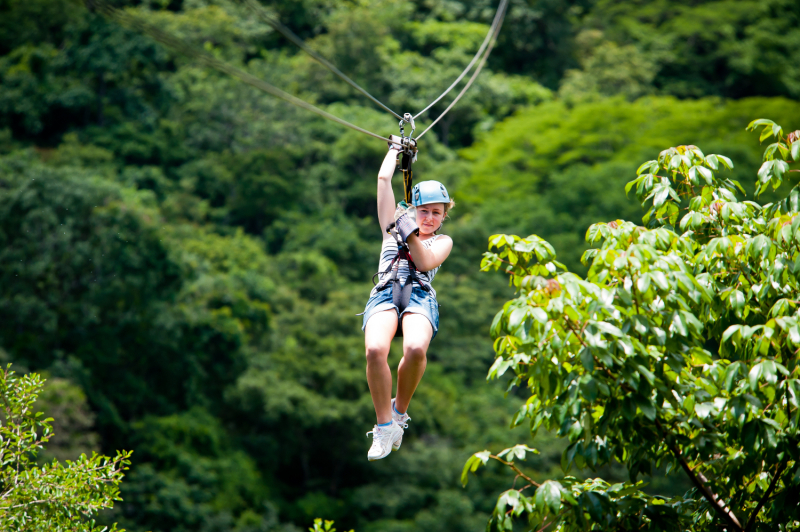
https://www.congocanopy.com/ 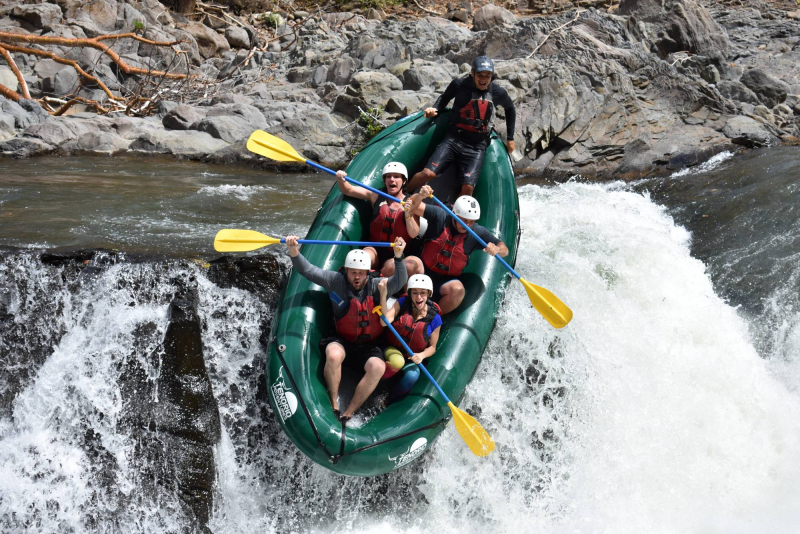
https://www.congocanopy.com/ -
You should not question whether coast of Costa Rica is better, the Pacific or Caribbean coast, but rather what sort of experience you want to have in this nation. The Pacific or Caribbean coast of Costa Rica is less developed, providing a more rough and adventurous experience.
The National Park of Tortuguero and the National Refuge of Gandoca-Manzanillo are two of the most well-known attractions along this stretch of coast, but you should know what to anticipate before visiting them to prevent disappointment. Costa Rica's Pacific Coast, on the other hand, is always a safe bet.
Unless you are expressly seeking for off-the-beaten-path destinations in Costa Rica, it is recommended that you spend your first trip seeing the Pacific coast and then taking a two or three-day journey to Tortuguero National Park on the Caribbean side. Costa Rica's Pacific Coast is significantly more developed, with wonderful beaches where you may occasionally swim, nightlife, yoga retreats, and resorts.
At the same time, it provides untouched areas such as the Osa Peninsula's Corcovado National Park. The west coast is frequently preferred by first-time tourists because of its accessibility and conveniences, however others may say that it is too touristic and congested. Costa Rica's spectacular inland landscapes, such as Rio Celeste in Tenorio National Park, Arenal Volcano, Monteverde Cloud Forest, and others, should not be overlooked.
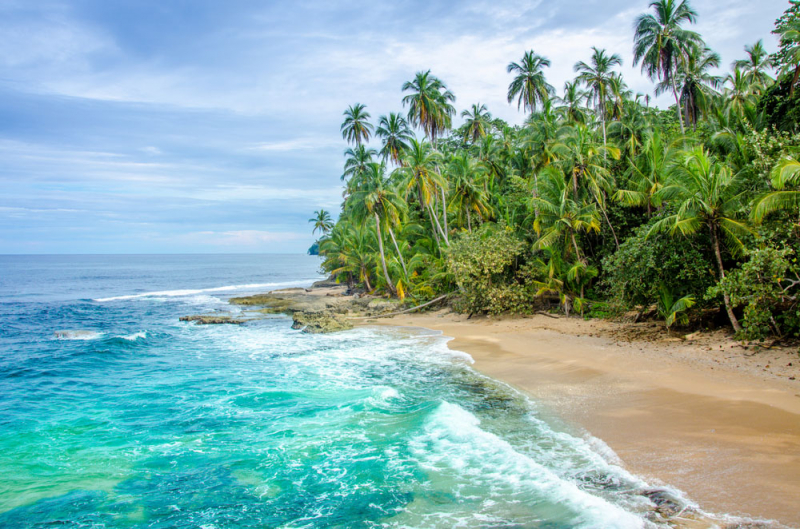
https://www.congocanopy.com/ 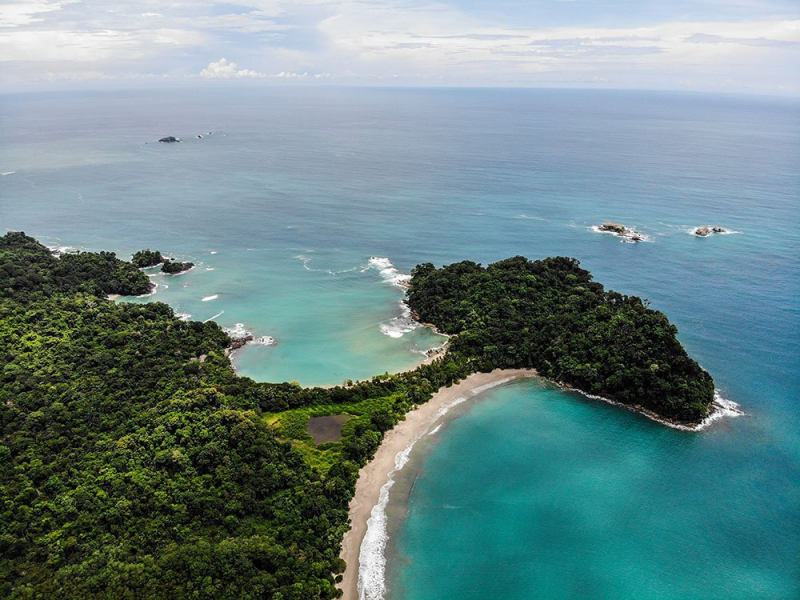
https://www.congocanopy.com/ -
When it comes to vacation planning, the subject of Costa Rica's safety to visit always comes up. Costa Rica is the safest country in Central America, making it an ideal vacation spot for first-time travelers and even families with children. This is absolutely one of the things to know before traveling to Costa Rica.
It's important to note, though, that even Costa Rica has its issues, particularly with drug trafficking and immigration, and you'll always stick out as a visitor. The majority of crime against visitors in Costa Rica is nonviolent, but it does happen from time to time.
San Jose is the most dangerous city in Costa Rica, and certain of its districts should be avoided at all costs. When going along the street, don't show off your valuables, and keep your phone or camera in your backpack when not in use to ensure your safety. It's best to leave your valuables at home because you won't need it. Avoid secluded areas and always know where you're going, not just in San Jose but also in other cities.
Keep the doors closed and park your rental car in a secured location (ask the hotel if they offer onsite parking). If not, park only on well-lit streets and safe districts (ask the hotel), and never leave valuables inside. Never leave your bags alone on the beach. Not only may burglars emerge from the bush and steal your goods, but your belongings also lure monkeys, which are frequently unafraid of people (a quite common problem in Manuel Antonio National Park).
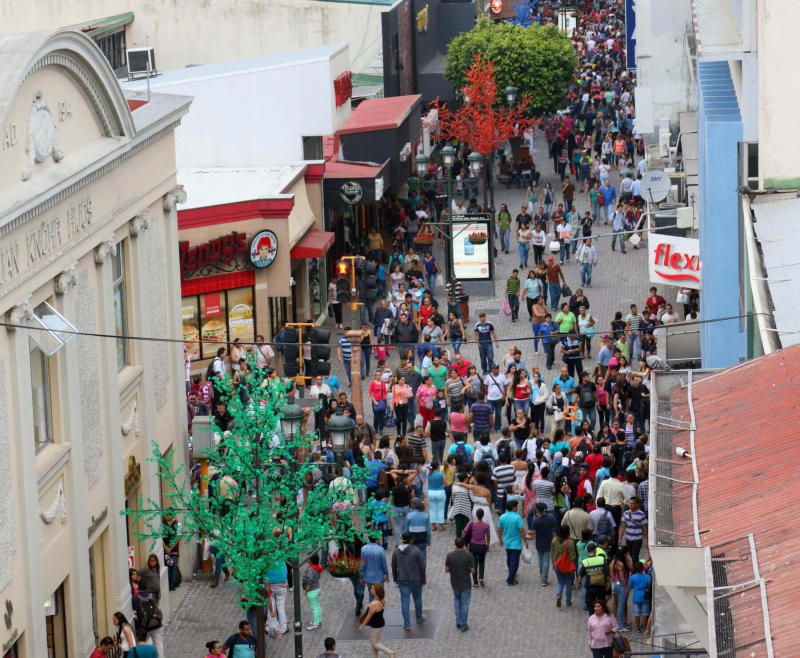
https://unevensidewalks.com/ 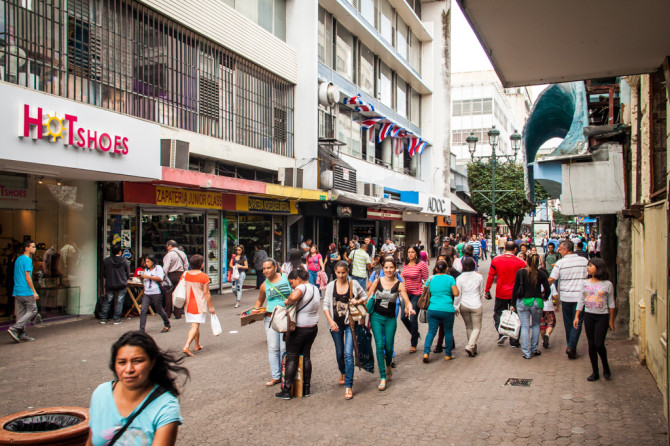
https://unevensidewalks.com/ -
If you are a fruit aficionado who consumes large quantities of exotic fruit on a daily basis, Costa Rica is the place for you. Fruit is nutritious, which isn't something you can say about traveling in general because it's frequently difficult to keep healthy habits while you're on the road.
So why don't we try some new fruits to keep our thoughts and bodies in shape? Fruit includes many vitamins, enhances our immune system, and increases our energy levels, among other things. Even familiar tropical fruits like bananas, pineapples, and mangos, which can now be found in practically any supermarket, are wonderful and delectable, but you should try a few more types of fruits.
Guanabana, starfruit, rambutan, chayote, or jocotes, my personal favorites. Although the exotic fruit is delicious and wonderful, limit yourself to small portions since your body may not be ready for so many vitamins or fiber. Costa Rican fruit is great, but you should also sample the indigenous veggies. Yuca, plantains, and camote are all popular in Costa Rica, but bear in mind that if you want to sample them at home rather than in a restaurant, you'll need to prepare them first.
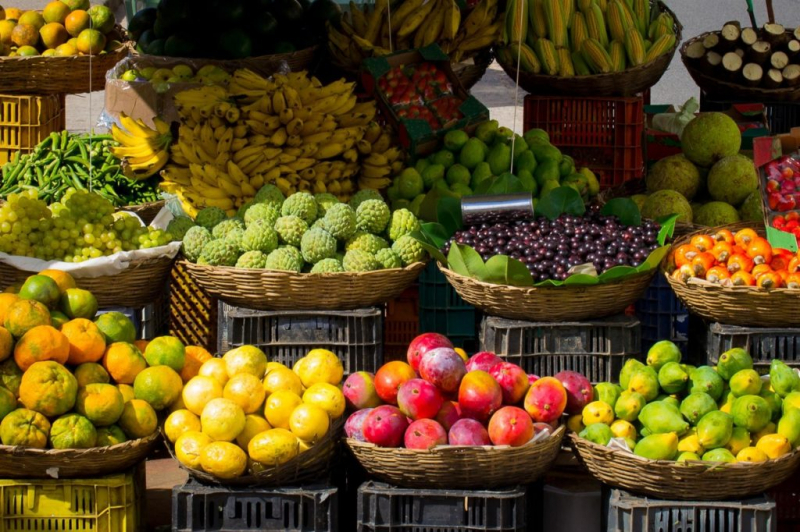
https://www.puravidamoms.com/ 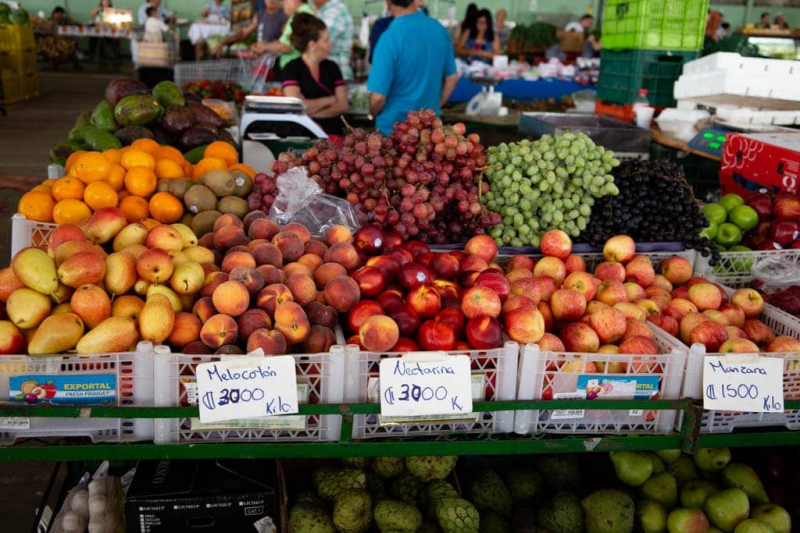
https://www.puravidamoms.com/ -
Despite the fact that renting a car in Central America is becoming more popular every year. Costa Rica, on the other hand, is undoubtedly the greatest spot in Central America to hire a car, especially for first-time tourists. It is a direct experience in terms of Driving in Costa Rica.
Renting a car in Costa Rica is simple; however, you should plan ahead of time to avoid paying extra for automobiles during high season. The roads are safer than those in neighboring nations, and traffic isn't as terrible once you get out of the capital city. Keep in mind that the road conditions are far from ideal.
Driving in Costa Rica roads can be small, twisting, with speed bumps and potholes, and local drivers may interpret traffic laws differently. Sure, if you wish to travel with your family, you've addressed the problem. If you're a solitary traveler or a couple, you might wish to make some travel companions to divide the expense of your trip.
If you're still undecided about hiring a vehicle in Costa Rica, consider renting one for a few days and only for select regions (the Arenal area comes to mind), and using tourist shuttles or public transportation to Tortuguero or the coastal towns on the west coast.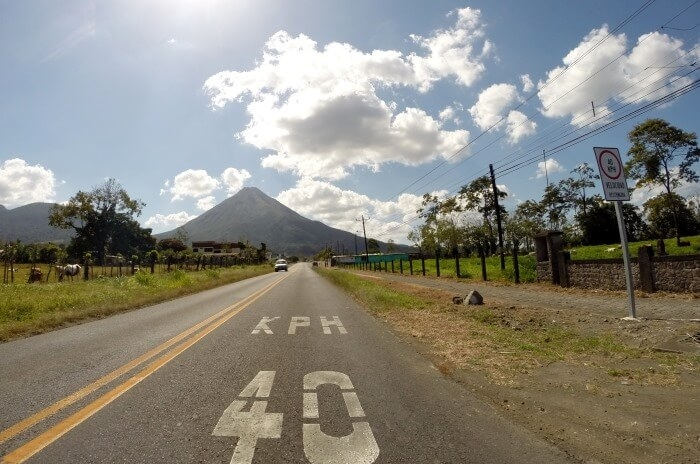
https://www.puravidamoms.com/ 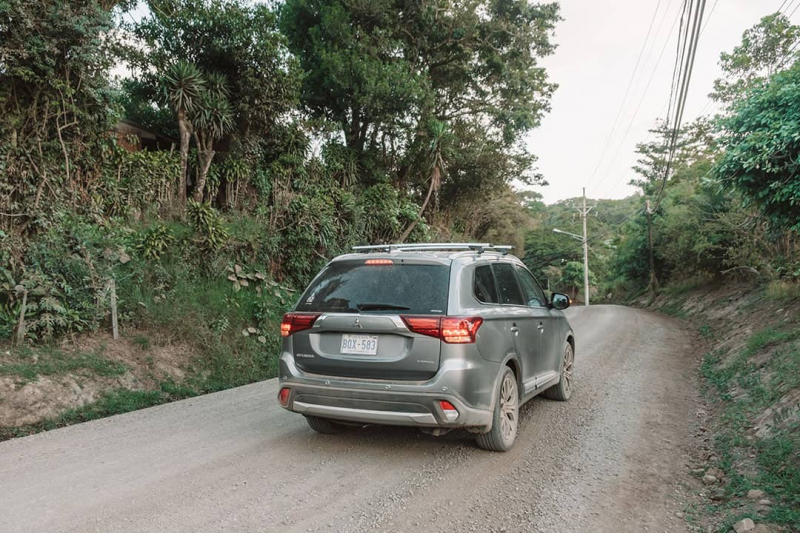
https://www.puravidamoms.com/ -
Be aware that getting throughout Costa Rica, regardless of mode of transportation, takes time. Traveling about Costa Rica mostly by public transportation is very acceptable. Although it is sometimes more convenient and time-saving to use a shuttle bus, public transportation in Costa Rica is adequate.
For visitors without a car or who don't want to pay for pricey tourist shuttles, public buses are the most frequent mode of transportation in Costa Rica. Buses in Costa Rica are quite dependable and reasonably priced. This is absolutely one of the things to know before traveling to Costa Rica.
The primary issue with public transportation is that it does not travel between more remote locations, so if you do not have a rental vehicle, you may find yourself paying extra money on shuttles, excursions, or taxis. They also regularly stop in villages and towns along the way to pick up and drop off people, which may be rather time consuming if you are on a tight schedule.
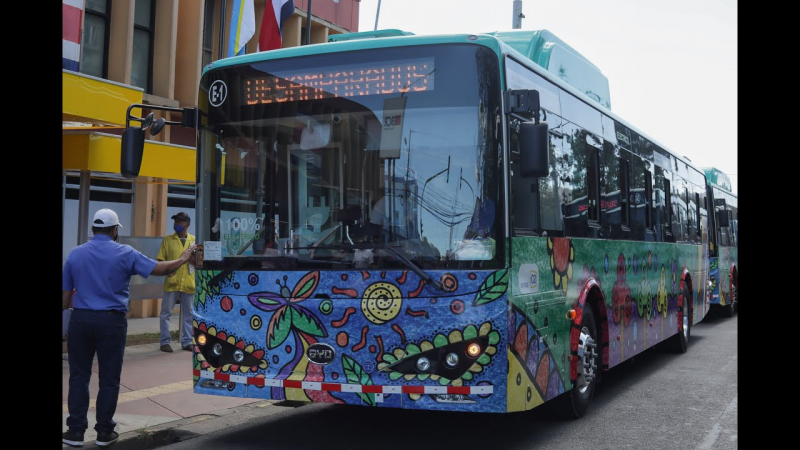
https://ticotimes.net/ 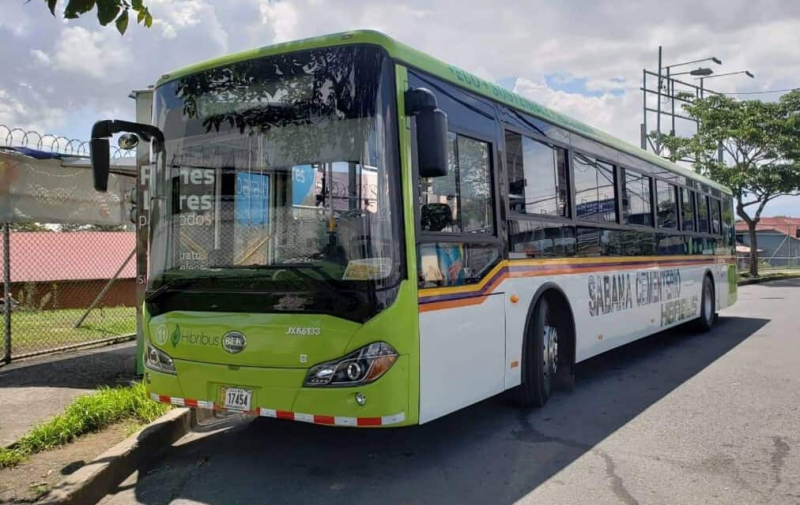
https://ticotimes.net/ -
Costa Rican cuisine is recognized for being mild and using a lot of fruits and vegetables. Most typical Costa Rican meals include rice and black beans, which are frequently eaten three times a day. Costa Rican cuisine is nutrient-dense and almost usually made from scratch with fresh ingredients.
Tropical fruits and vegetables are widely available due to the country's location, and are used in the native cuisine. Because of the difference between Costa Rica's massive tourism industry and the country's numerous rural villages, the cuisines offered, particularly in the more metropolitan regions, have evolved to encompass practically every sort of cuisine in addition to traditional Costa Rican specialties.
Cities such as San José, the capital, and tourist-friendly beach locations provide a diverse selection of ethnic cuisines, from Peruvian to Japanese. Ticos (the local word for anyone Costa Rican, Tica is also often used for females) love Chinese and Italian food, which can be found all around the nation at varied degrees of quality. Food is an essential part of Costa Rican culture, and meals are frequently the focal point of family gatherings and festivities.
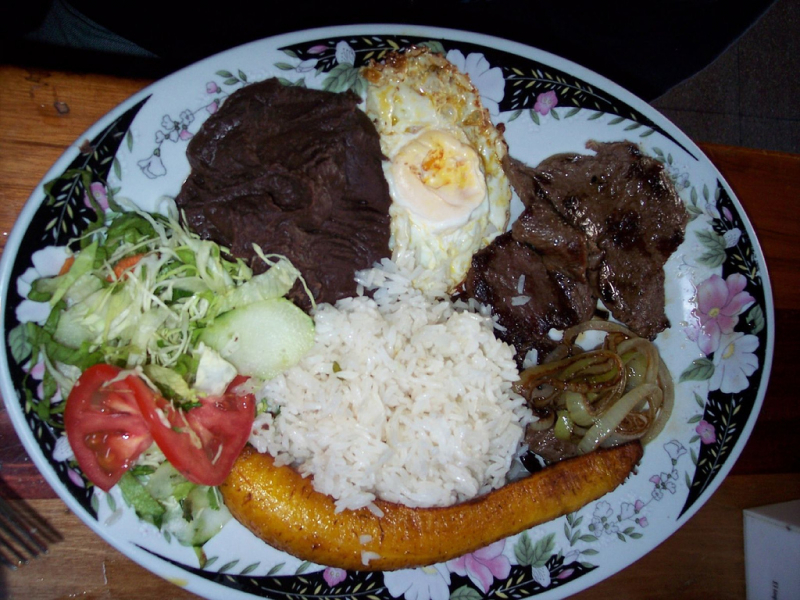
https://en.wikipedia.org/wiki/Costa_Rican_cuisine 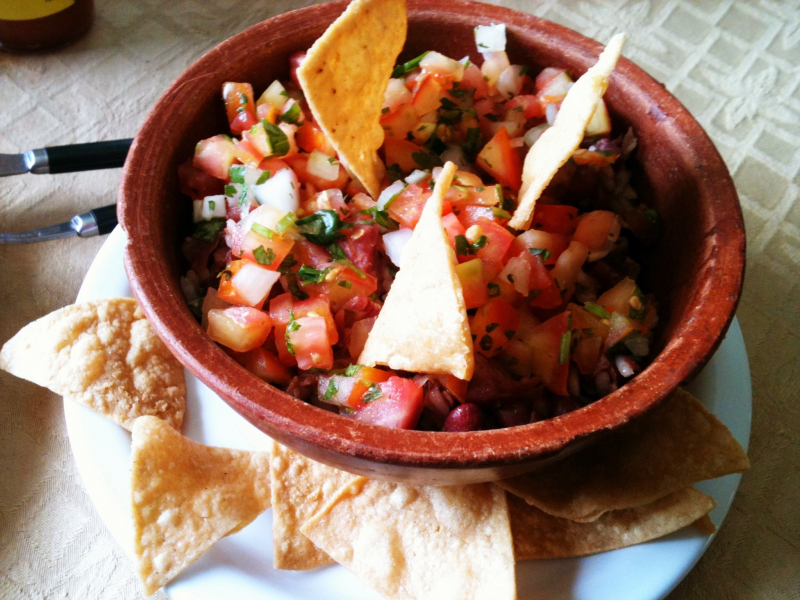
https://en.wikipedia.org/wiki/Costa_Rican_cuisine -
The Festival of the Little Devils, held in February, is one of Costa Rica's most colorful and spectacular events. The Boruca wear devil masks and fight the invading Spaniards in a stylised combat. On Costa Rican national holidays (das feriados), banks, government offices, and most stores and enterprises are closed. Additionally, during the holidays and Easter, public buses operate on special reduced schedules.
These are the two most popular vacations in Costa Rica, with hotels and resorts on the beach and in the rainforest brimming with Ticos. People in Costa Rica celebrate throughout the year by presenting traditions such as music, food with a diverse range of dishes and ingredients, interesting and beautiful clothing, processions or parades where we can see the mingling of cultures, and even how important faith is to the country's population.
Other celebrations may include the usage of legendary animals for various costumes, or the use of traditional and older clothing by adults and children to better express the uniqueness of each town in the country. Other festivals might showcase a variety of sports and activities to attract visitors, particularly tourists, to a small slice of tico culture. These festivals and cultural events, however, are more than simply entertainment; they demonstrate the Costa Rican people's enthusiasm, faith, and patriotism, regardless of social class, age, religion, gender, or race.
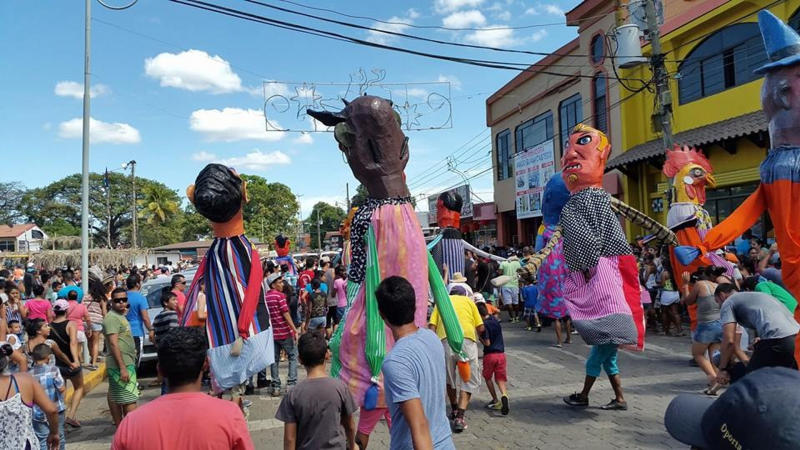
https://tours.co.cr/ 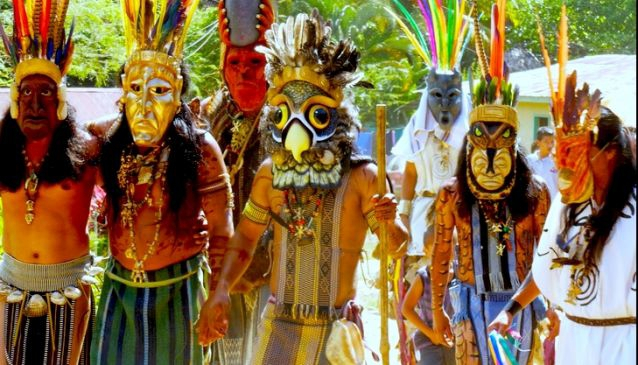
https://tours.co.cr/
















